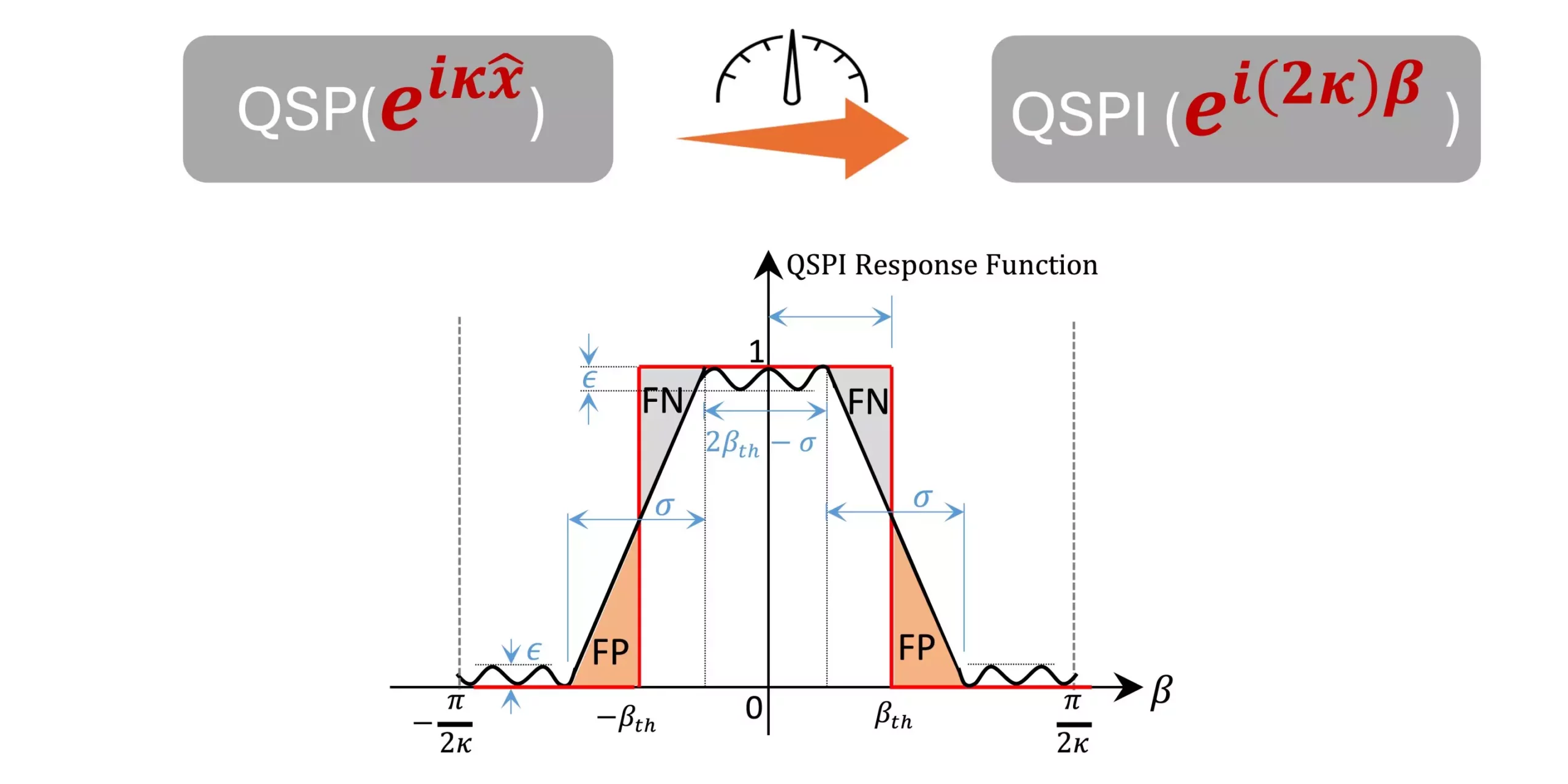In the realm of advanced technology, the promise of quantum sensing has always glittered like a distant star. It boasts the potential for precision far beyond traditional measures, tapping into the bizarre yet fascinating world of quantum mechanics. A recent collaboration between researchers at North Carolina State University (NCSU) and the Massachusetts Institute of Technology (MIT) exemplifies this excitement, presenting a protocol that not only enhances quantum sensor capability but democratizes the approach by adapting classical signal processing methods for quantum systems.
The Theoretical Leap: Unleashing Quantum Potential
At the heart of this breakthrough is a deep desire to outpace the limitations imposed by traditional sensors. The research, spearheaded by Yuan Liu, an assistant professor at NCSU, indicates a paradigm shift. Liu articulates that the crux of quantum sensing is its ability to come exceedingly close to the fundamental limits articulated by quantum mechanics. However, directing these avant-garde sensors to detect precise signals remains a daunting exercise.
Liu’s innovative approach draws inspiration from classical filter design principles, contrasting the intricate web of quantum systems to the more straightforward paradigms found in electrical engineering. This intersection between classical and quantum theories is not merely an academic exercise; it’s a strategic method to tune sensor responses in unprecedented ways, ensuring that the next generation of sensors is not just more sensitive, but also infinitely adaptable.
Quantum Coupling: The Breakthrough Mechanism
The authors devised a robust algorithmic framework that brilliantly unites a qubit—a foundational quantum computing unit—with a bosonic oscillator. A qubit’s defining characteristic, its ability to exist in a superposition of two states, sets the stage for complex manipulations of information. Meanwhile, bosonic oscillators open a new dimension by embodying infinite-dimensional states—a stark contrast to the binary nature of classical bits.
This coupling and subsequent manipulation of the quantum state may seem esoteric, yet the implications are both profound and practical. By simplifying complex questions into fundamental decision queries, researchers are now able to engineer the wave functions of these oscillators—literally shaping them to detect specific signals. Liu describes this as reining in the unfathomable complexity of infinite dimensions by translating it into comprehensible computations.
A Single Shot at Quantum Accuracy
The revelation that this refined sensor design allows for a “single-shot” measurement introduces a level of efficiency previously thought unattainable. Traditional methods often required repeated measurements, akin to fishing in a vast ocean and hoping to bring in a catch. Now, by creating a straightforward yes/no binary output from a single quantum read, the researchers illuminate a clearer path to retrieving valuable information from otherwise overwhelming data.
This breakthrough propels quantum sensing forward not just in capability, but in accessibility. It takes what had previously seemed a daunting concept—manipulating infinite dimensions of quantum systems—and transforms it into something practically actionable for engineers and designers.
Broadening the Horizons: Implications for Future Technologies
The applications of this protocol extend beyond academic curiosity; they have implications for a myriad of fields, from medical diagnostics to environmental monitoring. Liu highlights that by leveraging existing quantum resources—such as trapped ions or superconducting platforms—this approach does not create unnecessary complexity but rather capitalizes on established technologies.
As academia and industry converge on this threshold, one can only speculate on the implications of such sensitivity. Could we detect elusive medical conditions earlier, significantly improving treatment outcomes? Might environmental threats be identified before they escalate, thus safeguarding our ecosystems? The potential is not merely theoretical; it is a vision waiting to be realized.
This evolutionary step in quantum sensor technology represents not just an advance in sensitivity but a clarion call for innovation—a testament to the power of collaboration between institutions and disciplines. Armed with this new tool, engineers can address questions that once seemed impossible, allowing them to navigate the vast landscapes of both quantum mechanics and practical applications with newfound confidence. In the grand scheme of technology, we are standing at the edge of a new horizon, fueled by the relentless pursuit of knowledge that drives humanity ever forward.

